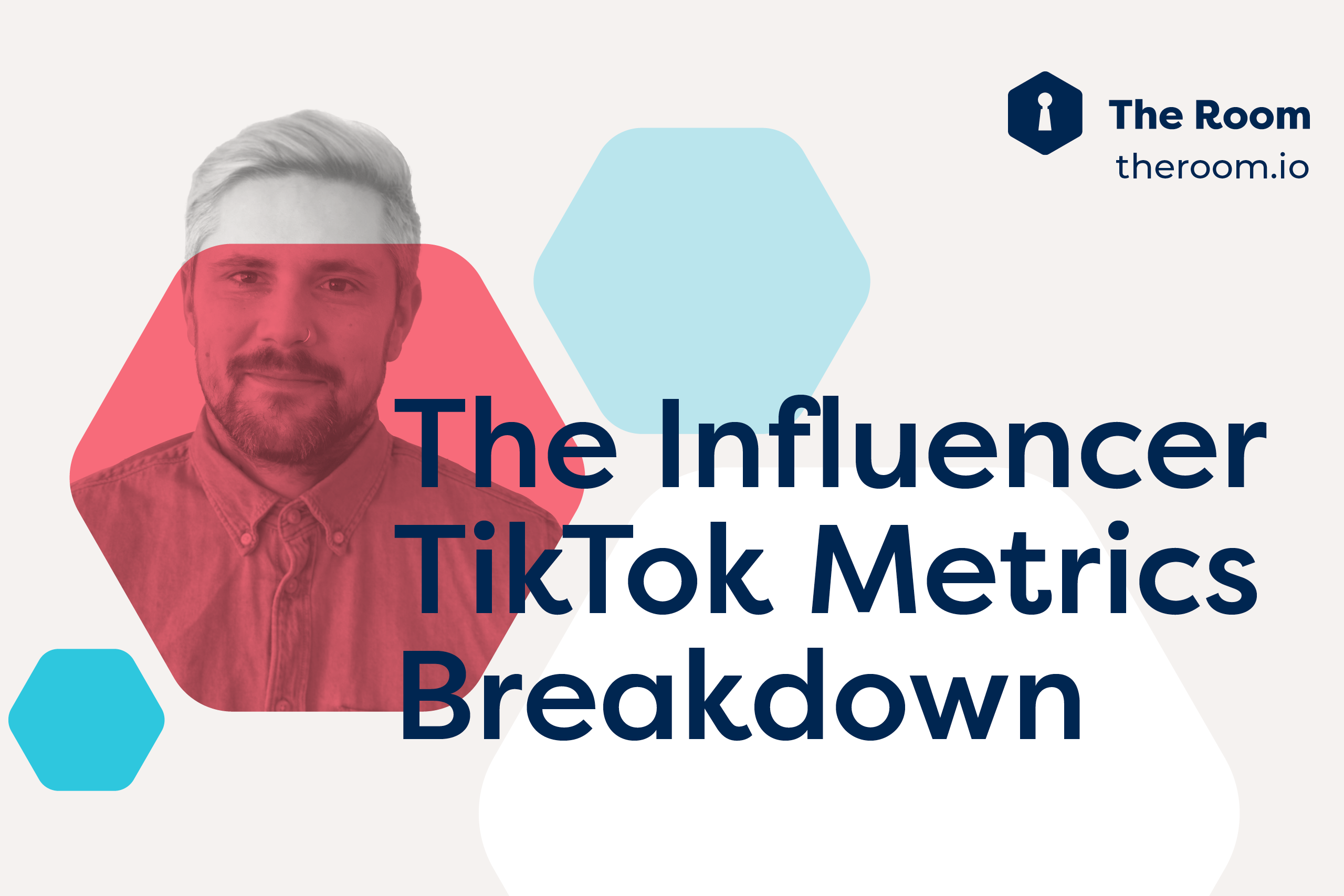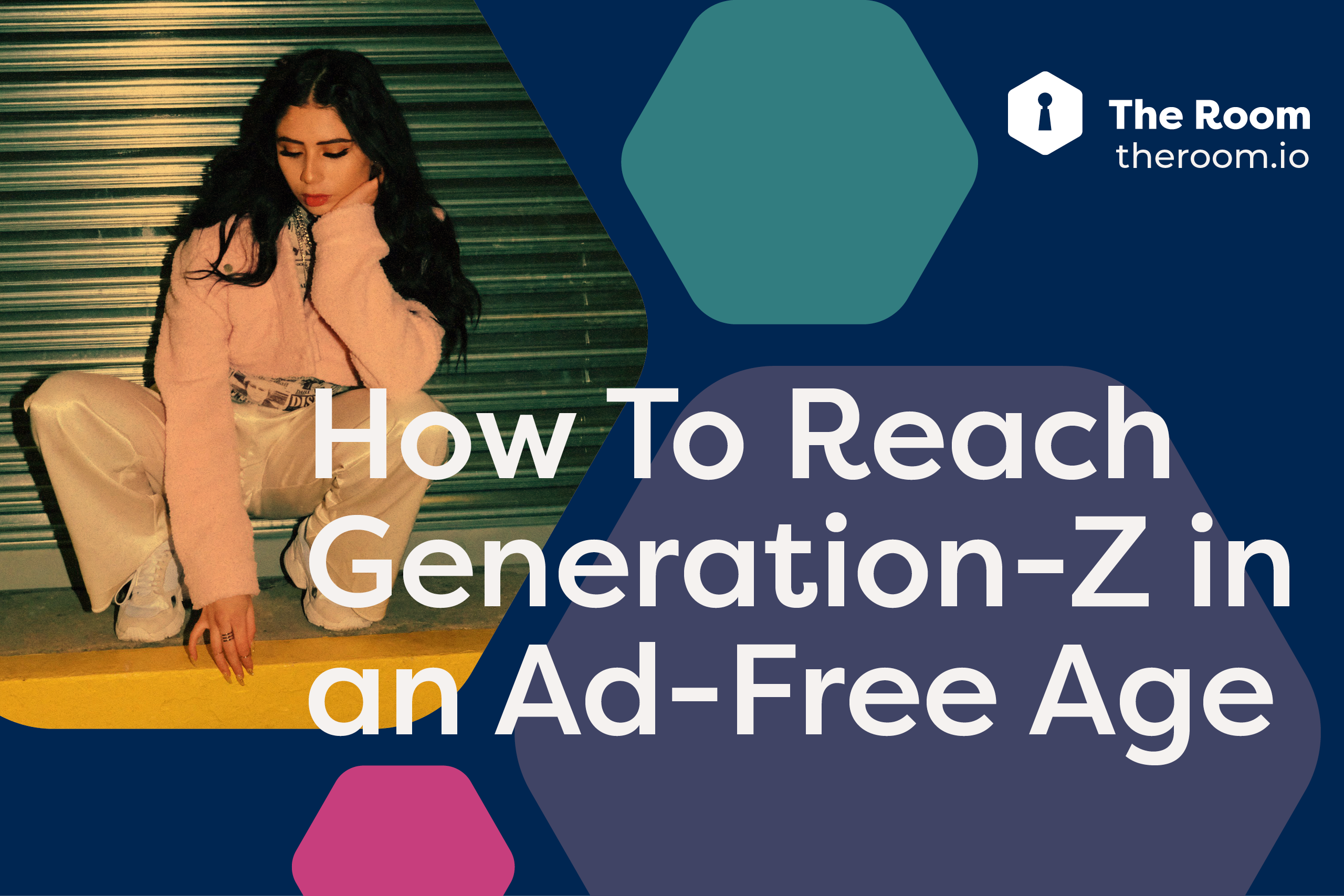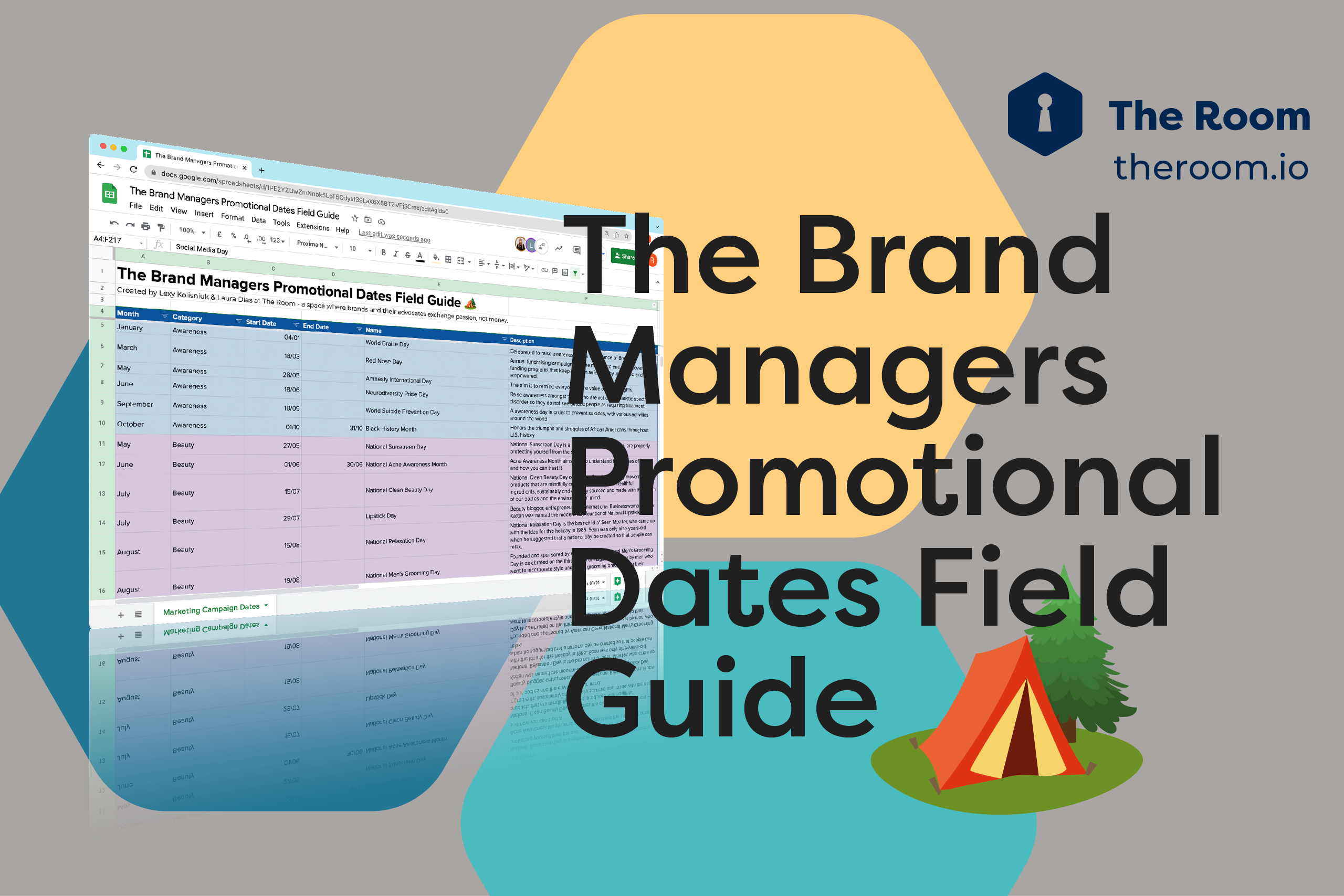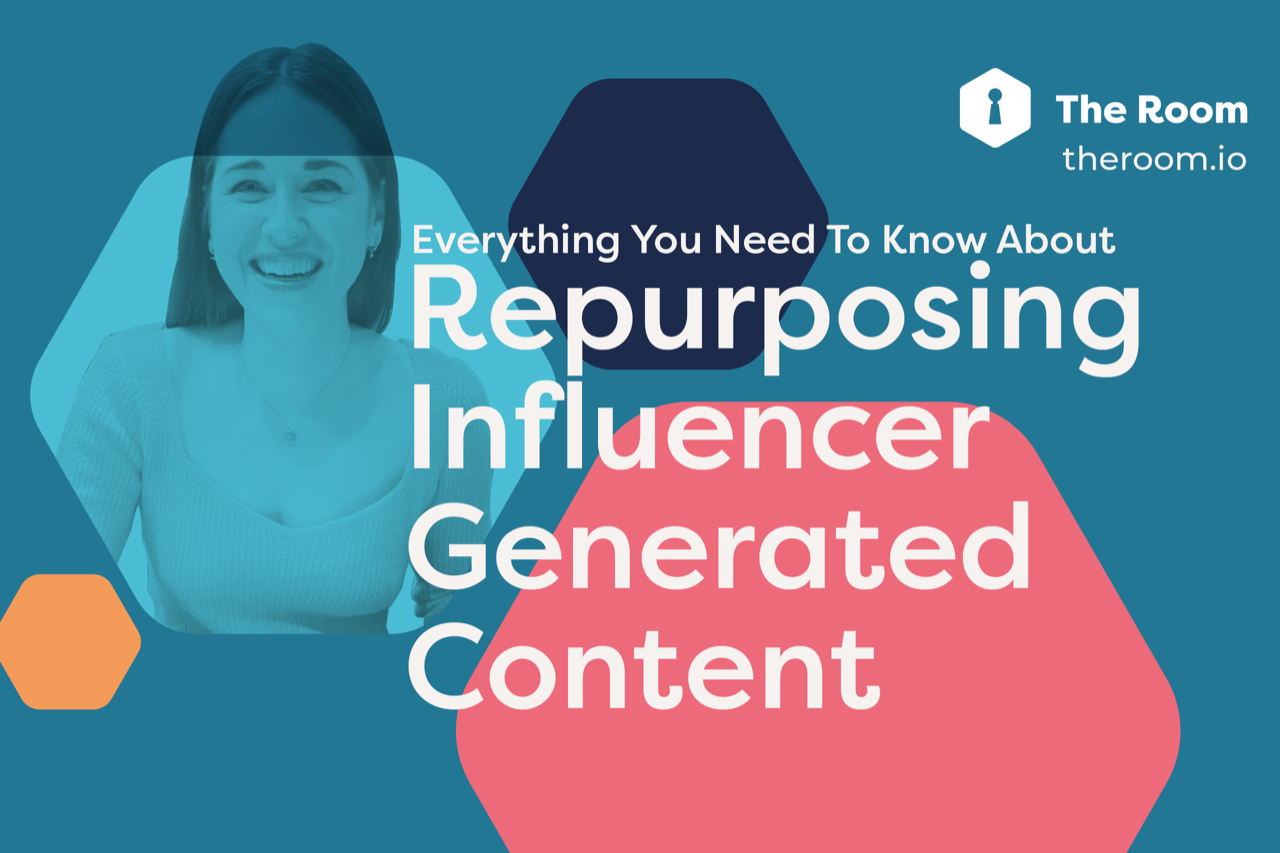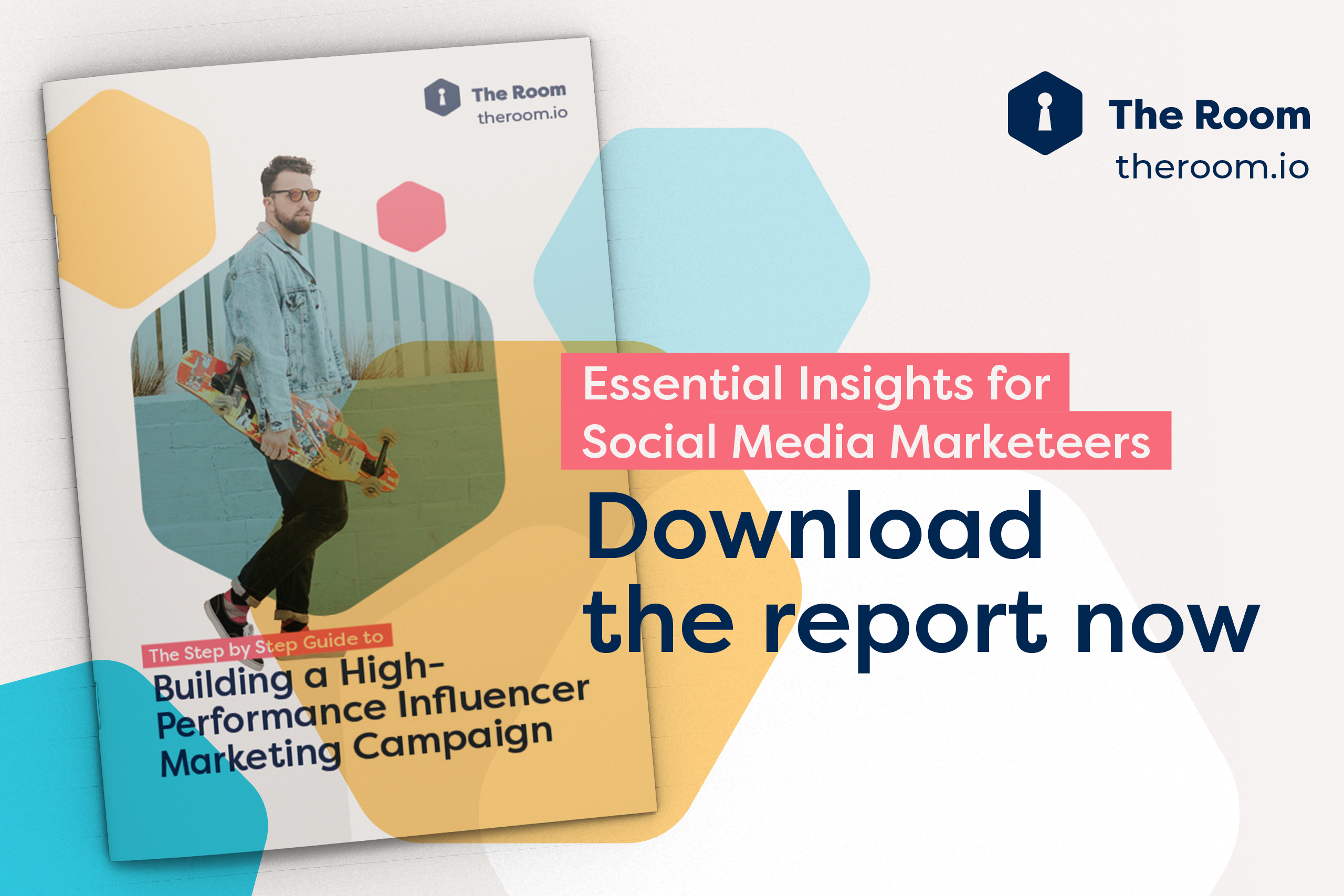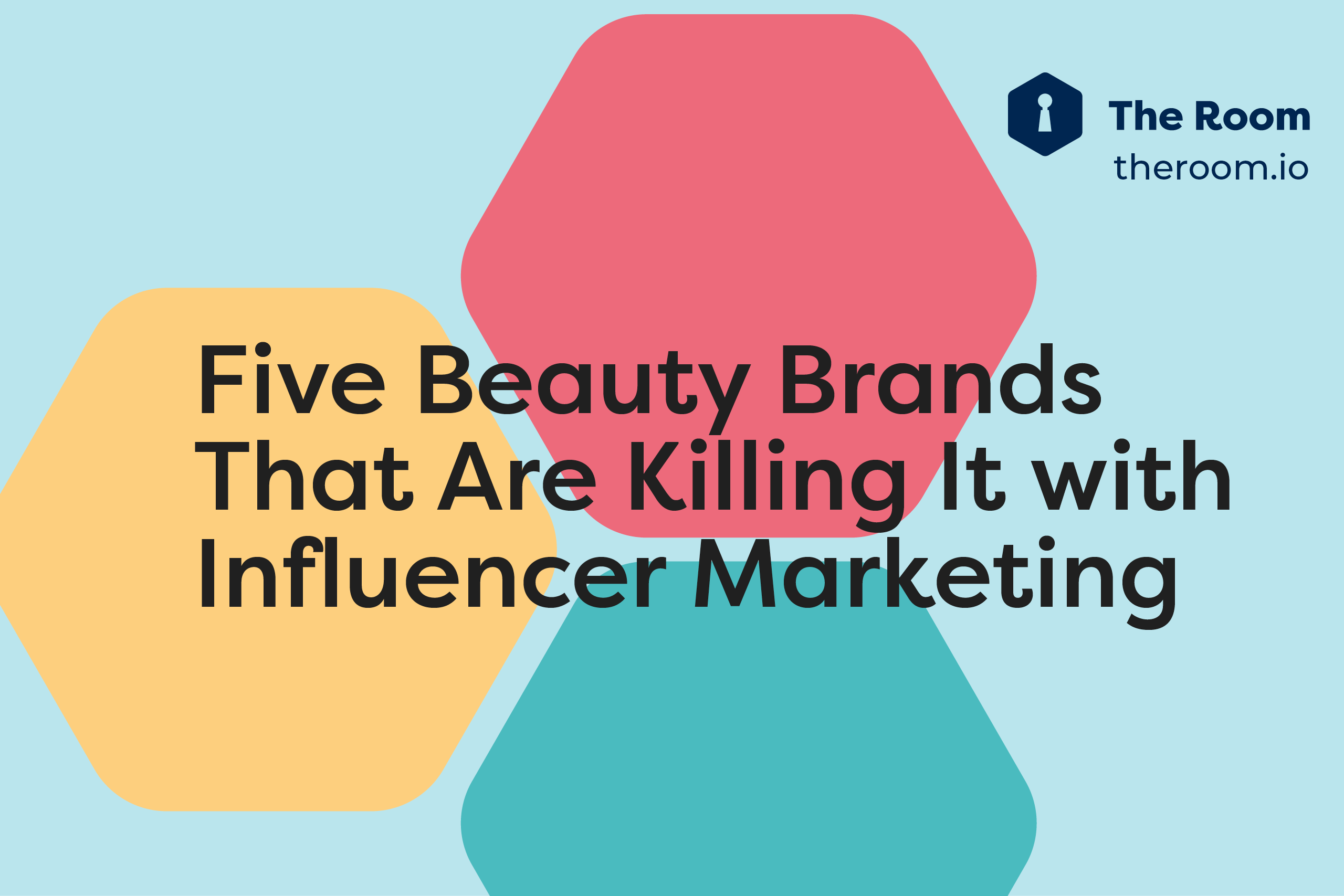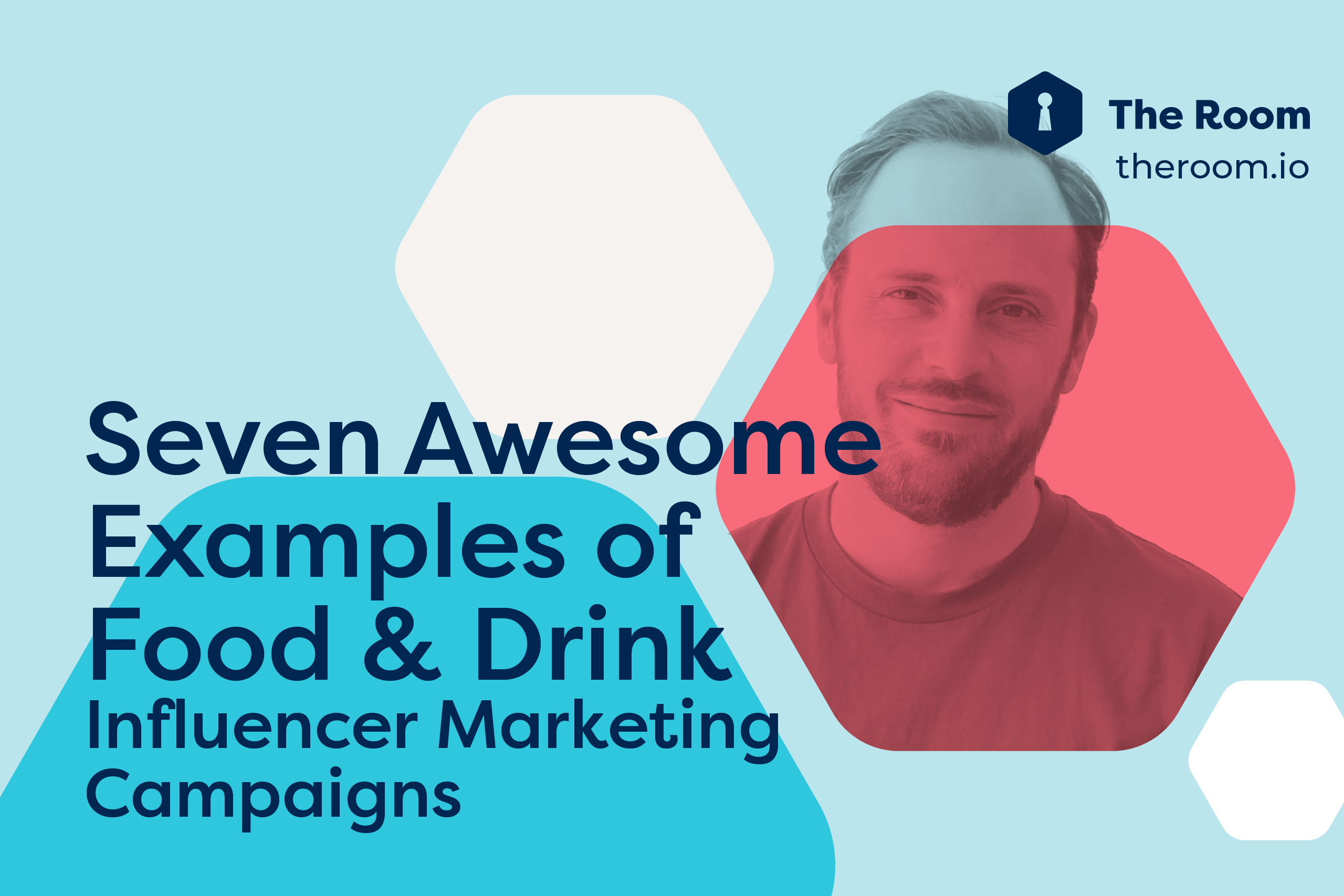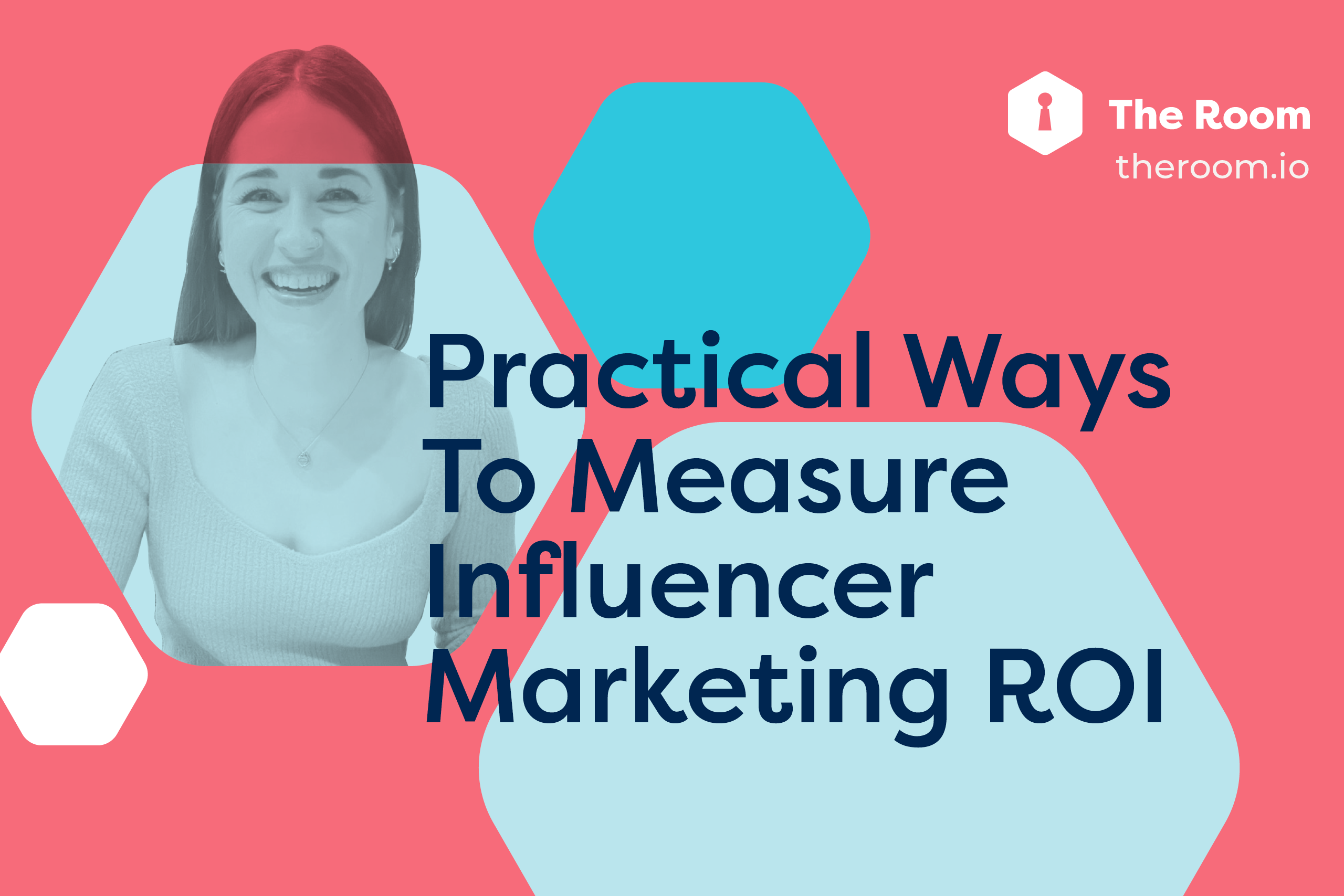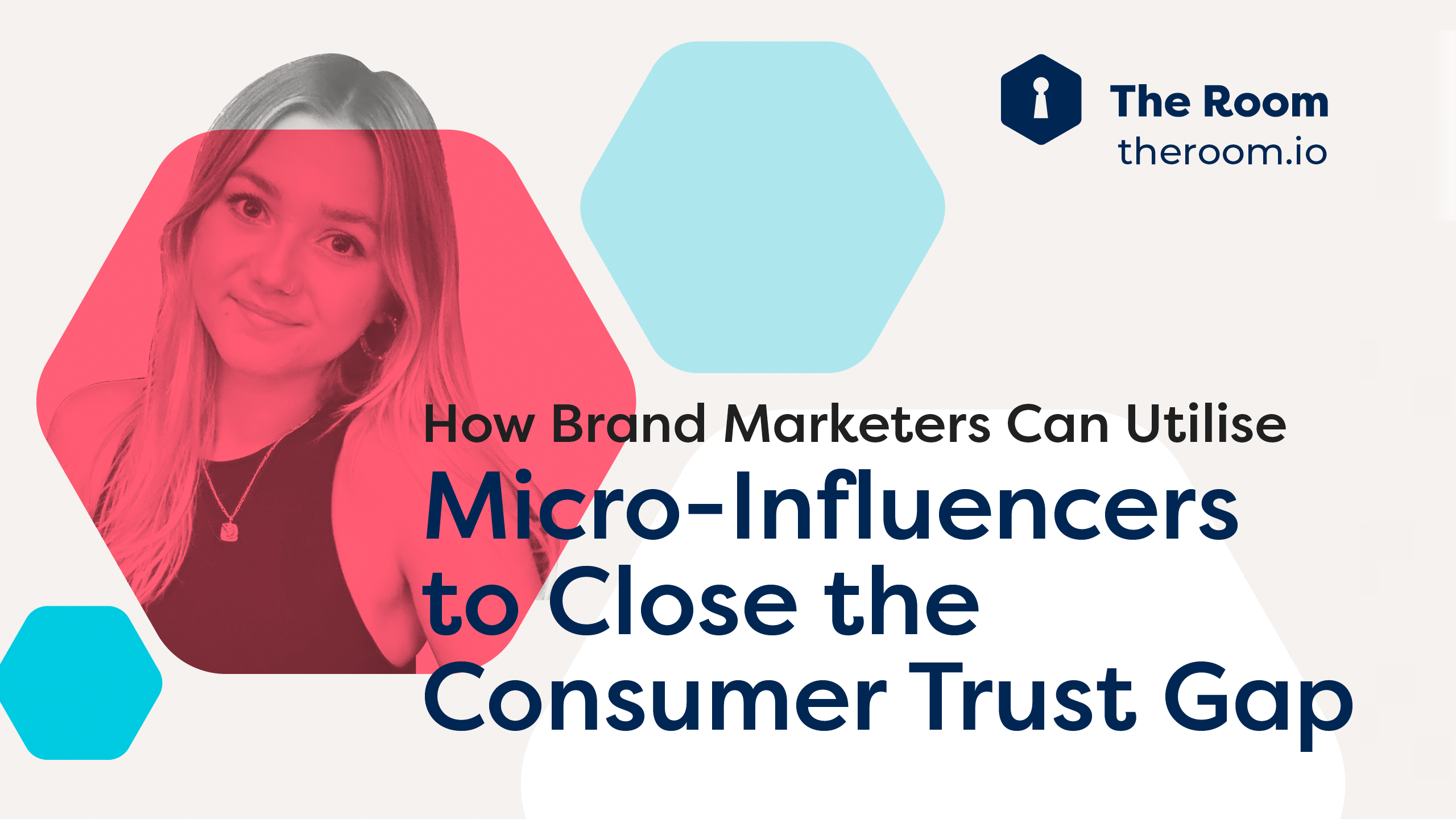TikTok saw a surge in Millennial and Gen X searches at the start of the pandemic, creating a second wave of traffic to spur the platform’s development. Even then, Gen Z continues to be the most influential social media audience. But why are these demographics so crucial to understanding influencer TikTok metrics?
Let’s start with the platform’s history and how it created a unique value proposition..
TikTok: A Brief History
Before there was TikTok, there was Douyin, a Chinese app launched by ByteDance in September 2016. By 2018, the video-sharing app had amassed 346.3 million users in its primary market 一 China.
Douyin’s success in its first year turned ByteDance’s attention to international markets. The Beijing-based company launched TikTok in September 2017. Two months later, they spent around $1 billion to buy Musical.ly, their main competitor, who’d also had a three-year headstart in the US market.
By merging the two apps under the ‘TikTok’ name, ByteDance combined two monumental audiences, their data, and existing accounts. They cemented themselves in the US through Musical.ly’s California offices. By February 2019, TikTok reached 1 billion global downloads.
The merger didn’t just give TikTok a huge share of the social media market, though. Despite being the top downloaded app for five quarters in a row, it was still competing with Facebook and its subsidiaries for social media dominance, and YouTube for video streaming.
The technology behind Musical.ly and TikTok helped ByteDance carve out a new niche, one tailored to a powerful, emerging audience.
TikTok: A Unique Value Proposition
TikTok separates itself from its rivals in two ways: format and content. The app’s design, and the styles of video it encourages, give it a competitive edge. Established platforms like Facebook and Youtube might have driven the rise of social media, but TikTok was created to surf that wave and attract a younger, more tech-savvy consumer base.
Unlike other social platforms, TikTok is designed to showcase what you’re doing here and now. This is a subtle shift from Instagram’s aspirational tone, which focuses more on aesthetics, lifestyle, and luxurious content.
TikTok videos (originally capped at 60 seconds) prioritized short, fun, easy to digest content. It welcomed a more positive, lighthearted viewer experience, providing escapism with a more authentic touch.
This format also gave TikTok content a lot of viral capability. Fun content, authentic viewer experiences, highly engaged communities 一 a perfect storm, but only for the right audience.
How Gen Z Drives TikTok Metrics
In the US, people aged between 10-19 make up 25% of active TikTok users. The second most dominant group, aged 20-29, account for 22.4% of users. With some help from the youngest Millenial outliers, Gen Z forms half of TikTok’s audience. This doesn’t tell the full story of their influence.
On average, TikTok users spend 45 minutes a day on the platform, but that’s across age groups. At 86 minutes a day, users aged 4-15 spend nearly double the average time on TikTok, creating engagement and driving traffic.
In short: they drive the most valuable metrics behind the platform. So how did the platform and its Gen Z-Millenial users combine to create a perfect world for influencer marketing?
TikTok’s Relationship with Influencer Marketing
We divide TikTok’s audiences by generation for a reason. Born between 1997 and 2012, Gen Z represents the most tech-savvy generation yet. Growing up as digital natives, many of their identifying traits were shaped by a hyperconnected world. As they reach adulthood and come into their shared spending power, they’re shaping the digital world right back.
The Pew Research Center offers some key insights on their characteristics: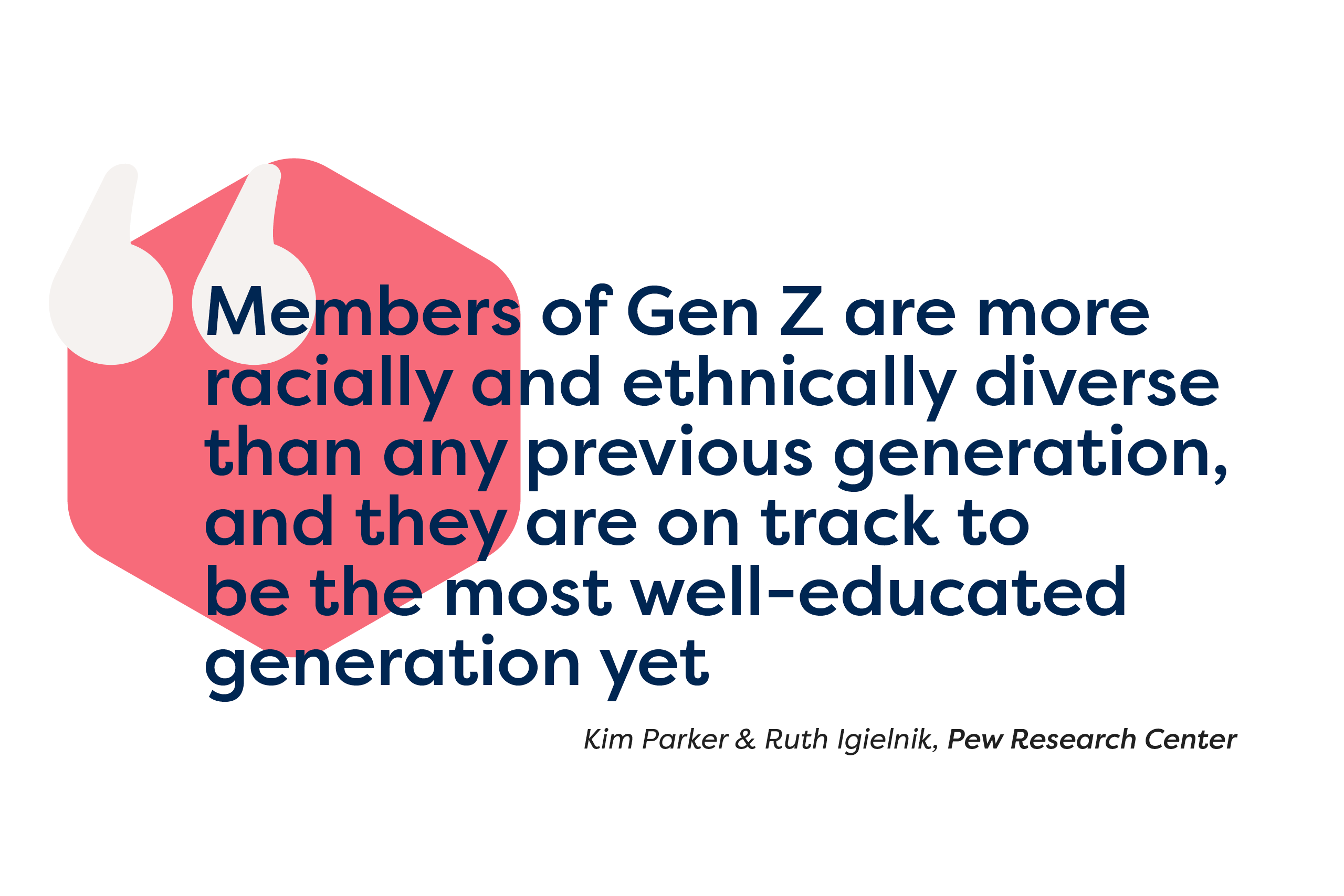
This is the first differentiator between TikTok and its main rival today, Instagram 一 at least where influencer marketing is concerned.
Gen Z’s diversity and digital access has allowed its users to create highly-engaged communities curated by interest, representation, and shared values. These tight communities value authentic expression over curated personality.
A McKinsey study on Gen Z consumer behaviour and its impact on companies found that: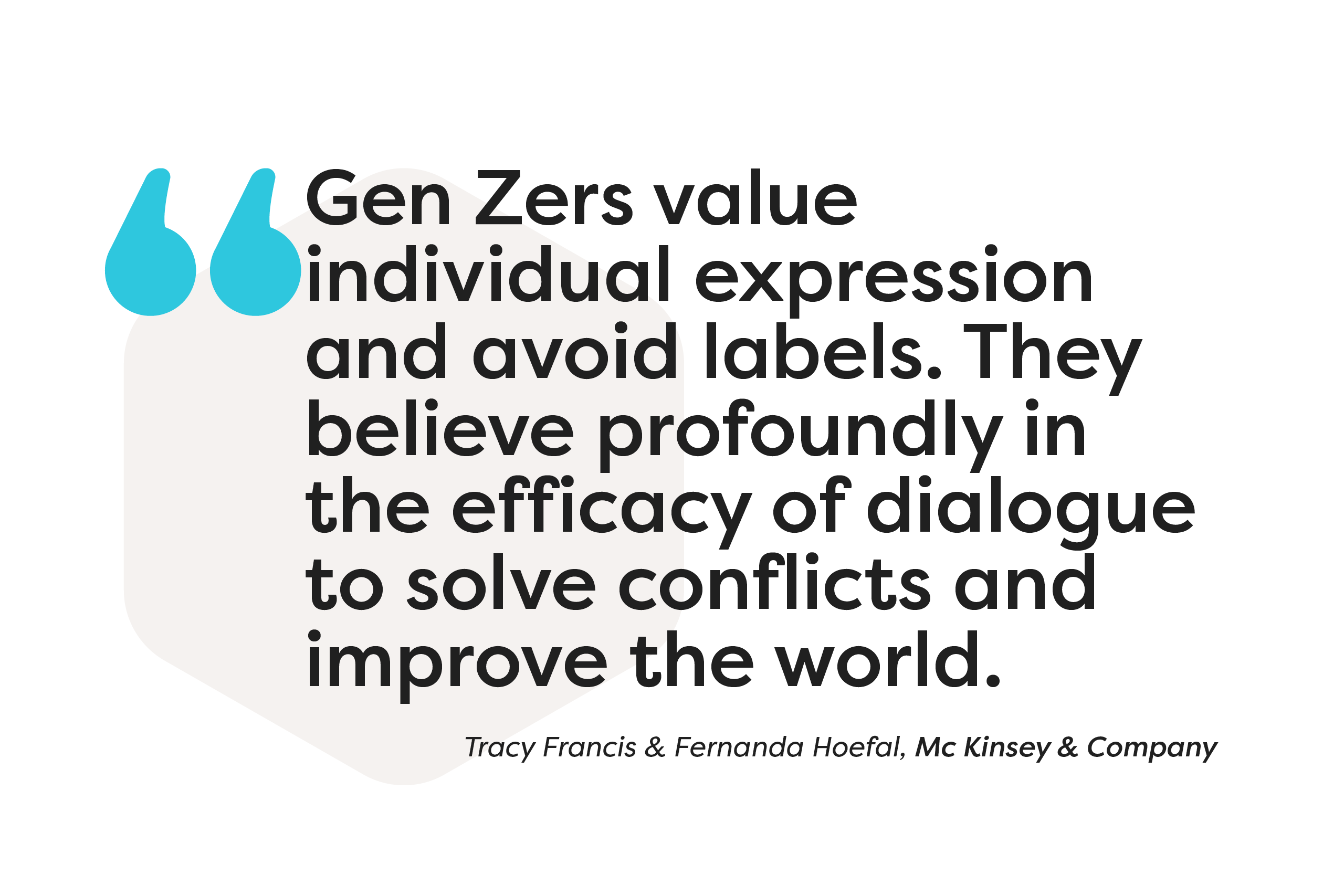
As for what these behaviours mean for how they consume content, the study goes on to say, “Companies should be attuned to three implications for this generation: consumption as access rather than possession, consumption as an expression of individual identity, and consumption as a matter of ethical concern.”
This is largely why TikTok has eclipsed Instagram as the main influencer platform with only 70% of the latter’s reach.
A Different Kind of Influencer
A creator on Instagram might create content as a photographer or working professional, and still not influence others with that content. Instagram’s aspirational content and polished visuals are still effective for older generations who have traditional media (e.g. lifestyle magazines) as a reference point.
That focus on aesthetics, however, creates more of a barrier for digitally native consumers who crave authenticity and expression. On TikTok, creators thrive with that exact content. Influencers there can generate more engagement with smaller audiences than their Instagram equivalents.
This gives brands three pathways to create powerful influencer campaigns. These strategies are built around the Gen Z consumption habits from the study above.
-
Micro-influencer marketing (access over possession)
-
User-generated content (individual expression)
-
Purpose-driven brand messaging (ethical concern)
With all this context in mind, let’s break down the influencer TikTok metrics that make each pathway so effective.
Micro-Influencer Metrics for TikTok campaigns
 While all three strategies and their metrics are based on influencer campaigns, micro-influencers are a special subcategory worth highlighting. Defined by having between 10-50k followers, they build smaller communities that are better connected than those of standard influencers.
While all three strategies and their metrics are based on influencer campaigns, micro-influencers are a special subcategory worth highlighting. Defined by having between 10-50k followers, they build smaller communities that are better connected than those of standard influencers.
The accessibility this creates for their audiences creates the exact level of engagement influencer marketing needs. These are the metrics to track for micro-influencer campaigns.
Followers
For obvious reasons, this is the easiest metric to track because of how we define micro-influencers. It’s key for more than finding the right creator for your campaign, it affects audience trust and perception. Users that want access over possession don’t care much for product endorsements, they want experiences they can share within more intimate communities.
Content
Micro-influencers are more likely to build audiences around niche topics over mainstream interests. When assessing a potential campaign partner’s content, prioritize the profiles that fit your brand’s niche. You can use the topics, hashtags, and captions of their posts to find audiences that match what you offer.
Activity
Before you approach a micro-influencer for a sponsored post, you should ensure their personal content strategy aligns with your campaign. How often they post will determine how your sponsored posts come across. Being organic needs a seamless transition of content to maintain audience trust.
Audience Demographics
Micro-communities may limit your overall reach, but they let you get incredibly specific with audience targeting. TikTok’s Creator Marketplace gives you access to the audience data behind an influencer’s profile. Through this, you can track their audience demographics to find your ideal creator.
This metric is especially important because micro-influencers don’t always share the same demographics as their followers, especially around age and location. Because of the global nature of social media, a UK micro-influencer could have a primarily US audience depending on their content, and vice versa.
Engagement Rate
As mentioned, micro-influencers get more engagement out of smaller follower counts, so don’t miss out on this key metric. The Creator Marketplace lets you filter your creator search by average views, likes and comments, This will give you a more accurate reading of their audience engagement rate how their content performs.
User-Generated Content Metrics for TikTok campaigns
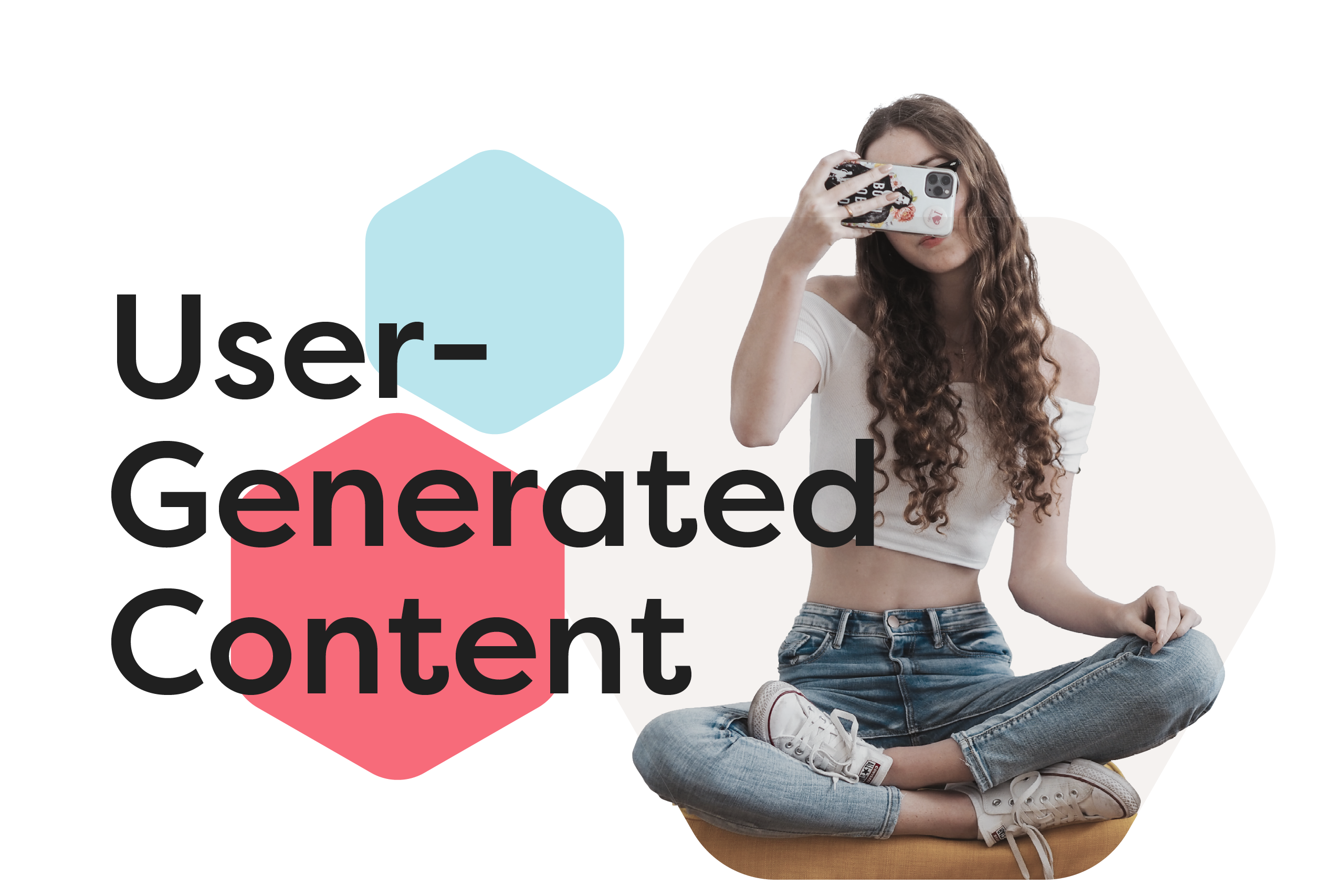 We split these three strategies by focus rather than method. Realistically, it wouldn’t be difficult to merge all three into one high-impact influencer campaign. That said, a split lets us examine the most powerful consumer metrics more closely. With user-generated content (UGC), the focus is less on the influencer and more on the audience actions they can inspire.
We split these three strategies by focus rather than method. Realistically, it wouldn’t be difficult to merge all three into one high-impact influencer campaign. That said, a split lets us examine the most powerful consumer metrics more closely. With user-generated content (UGC), the focus is less on the influencer and more on the audience actions they can inspire.
UGC campaigns may create branded content for you, but they offer your target audience value in return. They create a shared experience for users, encourage individual expression, and expand your campaign to every participant’s followers. This is how you can track that influence.
Hashtag Growth
User-generated campaigns are typically built around a hashtag or identifying phrase. Influencers need one of these to focus your campaign on a specific action or message. If the goal is to create a viral dance challenge, for example, you’d want a hashtag that can instruct users to post the content you’re aiming for.
A campaign hashtag makes it much easier to track the rest of these metrics too.
Videos Published
The number of user-generated videos posted is a good key performance indicator (KPI) for a campaign. Whether you set out with a target or use a campaign to create a benchmark, UGC ultimately comes down to one question:
How many people did you inspire to create content, and influence others by publishing it?
Total Views
You can also track how many views a UGC campaign racks up through the Creator Marketplace or by searching the hashtag on the app. This tells you how many impressions the user-generated videos made in total, and how viral your campaign was overall.
Total Shares
The point of user-generated content is to create a shared experience for your target audience. The more they enjoy the content, the more of it they share with each other, feeding TikTok’s algorithm a key metric. This is one of the best ways to get your campaign to rank on the Discovery page.
Duets
Duets allow users to record videos alongside content that’s already been posted. It’s a fun way for audiences to create unique content through collaborations and reactions. It can help influencers get a UGC campaign going too. They only need to upload their initial video and encourage their audiences to get creative with duets.
Brand Metrics for TikTok Campaigns
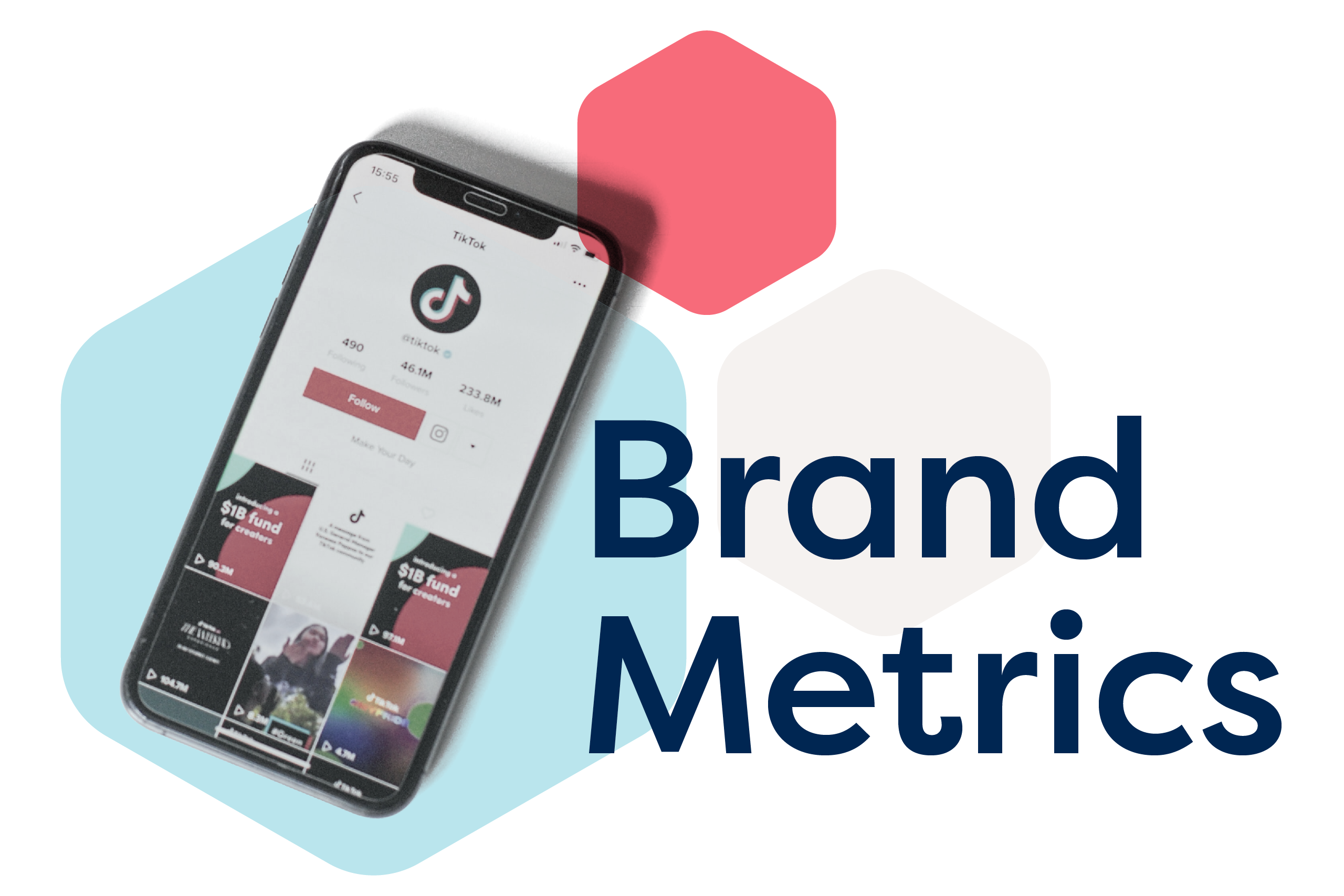 Digitally native consumers have very specific ideas about what brands should be and how they should present themselves. Their ethical concerns and communal values dictate what they allow to influence them.
Digitally native consumers have very specific ideas about what brands should be and how they should present themselves. Their ethical concerns and communal values dictate what they allow to influence them.
Brand awareness campaigns do best with a purpose-driven message, at least where TikTok audiences are concerned. Shared values don’t just create a connection with your brand, they give users a message they want to promote to their followers. Here’s how you track your brand awareness campaign.
Followers (New and Total)
When using influencers for brand building, you want to track how many of their followers cross over to your brand’s profile. This means tracking your follower count at the start and end of the campaign. While this won’t separate campaign followers from other user funnels, it should give you a good overview of how well your brand is connecting.
Views (New and Total)
Now for the content on your brand’s TikTok feed. As your presence grows, new followers will start watching older videos in your catalogue. These are important metrics to TikTok’s recommendation algorithm; they’ll guide who those videos get recommended to in future.
Likes and Comments (New and Total)
The engagement on your older feed is as important as the views. New followers can shift your demographics depending on how many come in. Tracking what they gravitate towards can offer key insights on how to pivot your content next.
Sales
If your campaign raises awareness for a product through a sponsored post, it’s crucial to track sales. Audiences listen to the influencers in their communities, but only when the consumer trust gap is tiny. You can measure that trust gap by how well an influencer can drive sales and the consumer reaction to your product via comments and reviews.
Track your Influencer Marketing with the Right Metrics
Selecting the right influencer to represent your brand is key to rolling out the best campaign on TikTok. Focus on creators that can spread a message and create valuable engagement with their audiences. With these insights in mind, your next campaign could be your best one yet.
Interested in running TikTok Influencer Marketing Campaigns and don't know where to start? Get in touch for a no-obligation demo and we can show you how to find and work with influential TikTok users without any money changing hands!
